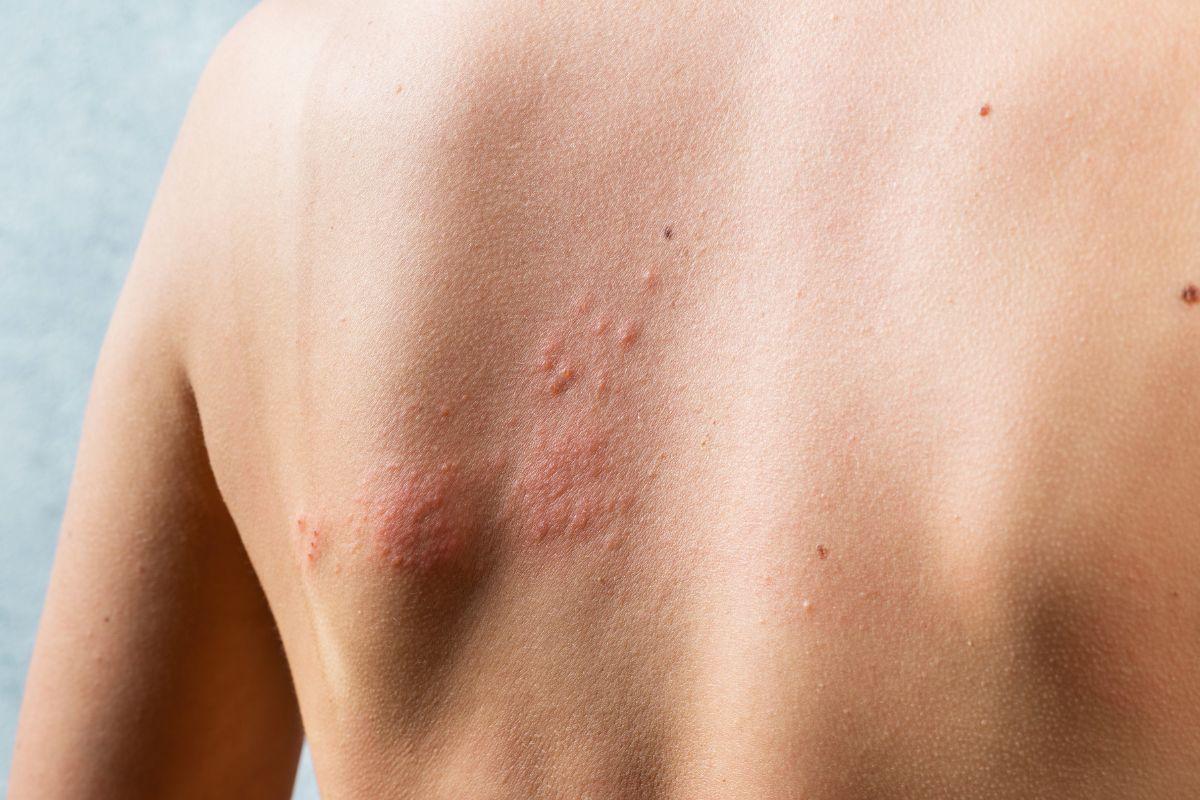Mr Toufan Bahrami together with the team based at Harefield Hospital have developed the latest innovative technique, minimising the time complex heart patients spend undergoing surgery and recover faster.
Specialist expertise
As an internationally respected centre of excellence, Harefield Hospital is one of the few UK hospitals offering keyhole mitral valve surgery using keyhole techniques. It is the only centre to treat the mitral valve, tricuspid valve, ablation, and left atrial appendage closure in one operation endoscopically.
Some hospitals carry out a couple of minimal-access heart surgeries a month, but Harefield Hospital is different, carrying out at least two a week. They’ve been doing mini-access heart surgery since 2001, starting with bypass surgeries then moving on to endoscopic vein harvesting, mini sternotomy aortic, mini thoracotomy aortic, then mitral surgery.
Today’s innovative cardiac programme exists thanks to over fifteen years of hard work by a team of experienced experts, including highly trained surgeons, anaesthetists, nursing staff, and perfusionists.
Minimal access – As many as four heart surgery procedures in one operation
At Harefield Hospital patients who suffer from multiple life-threatening heart problems can now have as many as four surgical procedures in just one operation, and it’s all thanks to minimal access techniques. Instead of reaching the heart through a large cut in the breastbone, something called sternotomy, surgeons access it through a number of smaller incisions. As you can imagine, as a rule, the fewer operations a person has to have, and recover from, the better.
Advanced video-assisted technology
Instead of direct vision, which requires a larger port for access, the new procedure is video-assisted, using a cutting-edge 3D camera and a large high definition screen delivering exceptionally clear views. Mr Toufan Bahrami, consultant cardiac surgeon, who pioneered the technique at the Harefield, says: “It’s done endoscopically with three small access holes. One for the camera, one to put a clamp on the aorta, and one to expose the valve.”
Four life-saving heart surgery procedures in one
The surgery is either carried out off-pump while the heart is beating, or the surgeon uses a heart bypass machine to stop the heart for as little as 10 minutes. Traditional surgery requires the heart to be stopped for as long as half an hour.
All this means a patient in a poor condition can have, for example, their mitral valve and tricuspid valve fixed, have an ablation, and have their left atrial appendage closed, all during one operation. Thousands of patients every year develop multiple heart issues at the same time, and this new method saves them from having to have at least two operations, often more, which in turn means there’s less disruption to their life.
Improved recovery compared to traditional heart surgery
Compared to the standard sternotomy approach, a patient can suffer pain and discomfort for 2-3 months and may be off work for much longer, unable to drive for at least eight weeks. That makes recovery very slow. Obese patients can spend many months in hospital after surgery.
Minimally invasive surgery only takes around three hours and patients stay in the hospital for 5-7 days afterwards. While the post-op hospital stay remains roughly the same, because the integrity of the chest is preserved recovery is a great deal faster. Finally, patients are left with smaller, neater scars and there’s a lot less post-operative pain.




